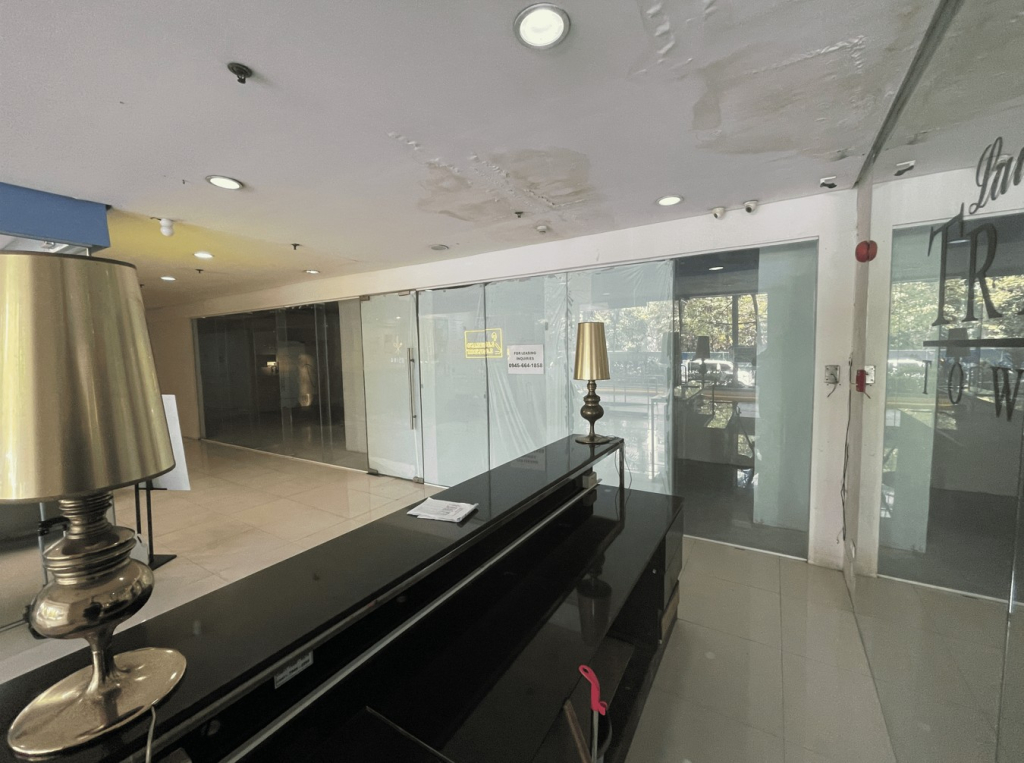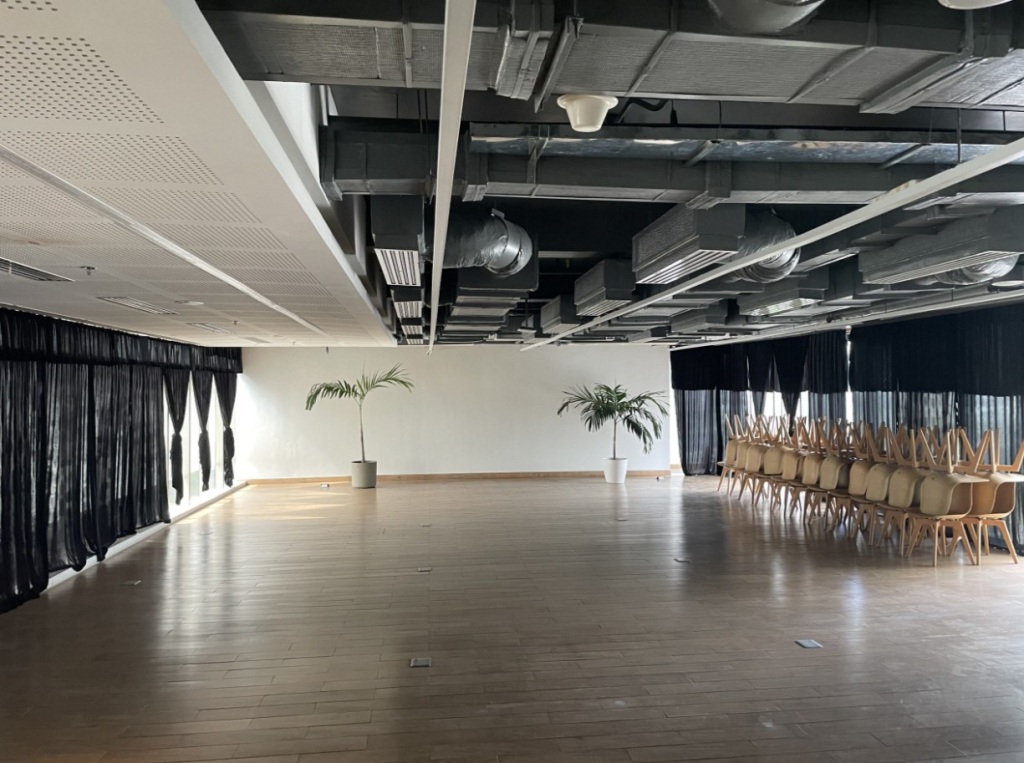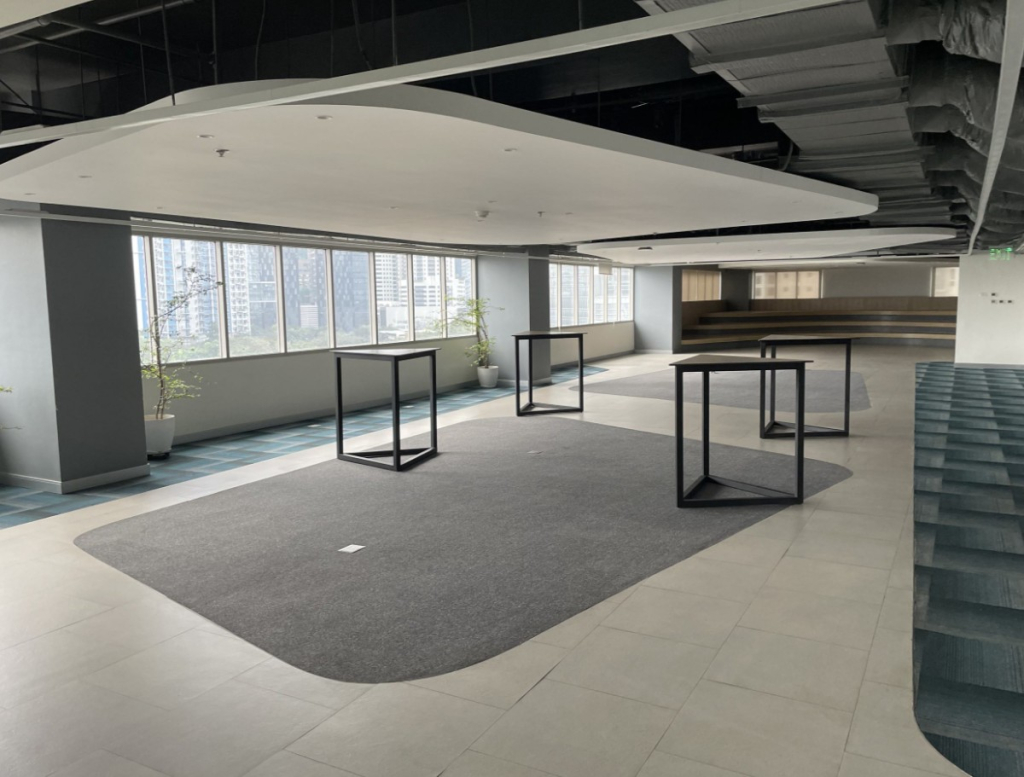The Comprehensive Guide to Renting Commercial Spaces for Small Businesses

As the entrepreneurial spirit takes root, the demand for commercial spaces skyrockets. The journey of finding the right commercial space, however, can be a maze. But worry not! This guide will illuminate the path for small businesses on the lookout for that perfect spot.
RELATED: Beyond The Walls: The Philippine Condominium Corporation Framework
Renting Commercial Spaces for Small Businesses
The commercial real estate market in the Philippines offers diverse opportunities, from office spaces for lease in Makati or investing an office spaces for sale in BGC. Key locations like Currency in Ortigas, Salcedo Square that near both in Makati and BGC, Brescia Residences in Quezon City, and Trevi Towers targeting markets of Makati and BGC provide prime business addresses with excellent accessibility and modern amenities.
Whether you’re a startup or an established company, these strategic locations offer the perfect blend of convenience and prestige, making them ideal for businesses looking to thrive in Metro Manila’s top commercial districts.

The Significance of Location
Choosing the right location for your business is often compared to laying down the foundation of a building. The saying, “A business’s success is 90% its location,” isn’t just a catchy phrase; it’s steeped in truth. Here’s a comprehensive breakdown:
Foot Traffic
Why It’s Important: For brick-and-mortar businesses, especially in the retail sector, the volume and type of foot traffic can determine daily sales. It’s the spontaneous purchase, driven by visibility, that often supplements the regular clientele.
Things to Consider: Position your business where your target demographic frequently roams. For instance, if you’re selling trendy youth apparel, being near colleges or popular hangout spots might be beneficial. On the contrary, if you’re into luxury items, upscale neighborhoods or high-end malls could be the best bet.
Accessibility
Why It’s Important: If a customer has to navigate a maze to reach you, chances are they might just give up. The ease with which customers can reach you, or suppliers can deliver to you, can significantly influence operations and sales.
Things to Consider: Proximity to main roads, highways, and public transport hubs can be a boon. Additionally, look out for adequate parking space, especially in bustling cities like Manila where parking can be a nightmare.
Neighborhood Businesses
Why It’s Important: The businesses that surround you can influence your sales and the clientele you attract. Complementary businesses can boost your foot traffic, while too many competitors might saturate the market.
Things to Consider: A cafe next to a bookstore can be a match made in heaven. Patrons can buy a book and then head over for coffee. On the flip side, if you’re planning to open a cafe in a street already brimming with them, you might find yourself lost in the crowd unless you have a unique selling proposition.
In the intricate dance of business, location plays the tune. While other factors like marketing, product quality, and customer service undeniably hold weight, a strategic location can give your business the head start it needs.

Exploring Types of Commercial Spaces
These commercial spaces reflect both the cultural diversity and the multifaceted business environment of the nation. Let’s delve deeper into the different types available:
Retail Spaces
These are areas specifically designed to cater to businesses that interact directly with customers. Their layouts are optimized for showcasing products, accommodating shoppers, and often include front-facing storefronts.
Ideal For: Shops selling apparel, boutiques with curated items, eateries from cozy cafes to sprawling restaurants, and even specialty stores like salons or hobby shops.
Things to Consider: The location is key. Being in a high foot traffic area can substantially boost sales. Additionally, consider the aesthetics and layout of the space, ensuring it aligns with your brand’s image.

Office Spaces
Whether it’s a traditional corporate setting with cubicles and meeting rooms or a modern open-plan space, office spaces are designed for administrative and professional tasks.
Ideal For: Tech startups craving a collaborative environment, traditional corporations looking for structured spaces, freelancers needing a co-working space, or even firms offering professional services like law or finance.
Things to Consider: Look for spaces with good connectivity (both transport and internet), proximity to essential services (like banks or post offices), and a conducive work environment (natural light, noise levels).
Warehouses
These are large, open spaces primarily used for storing inventory, raw materials, or finished goods. Modern warehouses are equipped with facilities for packaging, labeling, and sometimes even manufacturing.
Ideal For: Businesses with extensive inventory, e-commerce platforms, manufacturing units, and export-import businesses. They’re also crucial for businesses that need temperature-controlled storage, like perishable goods suppliers.
Things to Consider: Accessibility is paramount, especially for transport and delivery trucks. Consider proximity to major transportation hubs or routes. Also, factor in the available facilities, storage capacity, and security features.
The Philippines, with its rapidly evolving commercial landscape, offers a plethora of options tailored for every business need.
Navigating Legalities and Lease Agreements
Renting isn’t just about paying monthly dues:
Contract Terms: From duration to exit clauses, everything matters.
Renewal Clauses: Can you renew? Under what terms?
Maintenance: Who bears the brunt? Is there a shared responsibility?
Legal counsel is invaluable here. Remember, a well-understood contract can prevent future predicaments.
Deciphering the Costs
Apart from the obvious rent:
Security Deposits: Typically 2-3 months’ worth of rent.
Utility Bills: Water, electricity, sometimes even internet.
Maintenance Fees: Common in malls or commercial buildings with shared amenities.
Mastering Negotiation Strategies
Here’s a pro-tip: Always negotiate.
Know the Average Rents: Knowledge is power in negotiations.
Consider Longer Leases: A longer lease can often lead to better rates.
Talk about Renovations: Ensure clarity on any modifications you plan to make.
Common Pitfalls and How to Sidestep Them
Venturing into commercial renting without pitfalls? Wishful thinking. But knowing them? That’s half the battle:
Neglecting Zoning Laws: Not every space can be transformed into any business.
Underestimating Overheads: Rents are just the tip of the iceberg.
Overcommitting: Future scalability needs space. Ensure room for growth.
What Influences Rental Prices?
Behind Every Price Tag: Factors Influencing Commercial Space Rates
When considering renting a commercial space, the cost is undeniably one of the foremost factors for any business.
However, that sticker price doesn’t just appear out of thin air. Several critical factors shape how commercial spaces are priced in the Philippines. Let’s dissect these elements to equip businesses with a comprehensive understanding:

Geographical Location
The Heartbeat of Commerce: Locations in the central business districts or high foot traffic areas often command premium prices. Spaces in Manila, Makati, BGC, or other bustling hubs are costlier than the outskirts or less populated regions.
Safety and Security: Areas with lower crime rates, good policing, and a sense of community security often have slightly higher rental rates. After all, businesses want to ensure both their assets and their customers are safe.
Economic Development: Locations undergoing rapid development, with a surge in infrastructure projects or upcoming commercial hubs, may have steeper rates due to anticipated future demand.
Space Dimensions
Scale of Operations :The larger the space, the heftier the price tag. But always consider the cost-effectiveness. Sometimes, a slightly larger space might offer a better value proposition when broken down per square meter or square foot.
Layout Flexibility: Open spaces offering flexibility in design and layout might come at a premium. Such spaces can be molded to fit varying business needs, from open-floor retail spaces to partitioned office areas.
Verticality Matters: In commercial buildings, the floor on which the space is located can influence the price. Ground floor spaces, especially in retail, might be pricier due to direct accessibility, while top-floor spaces might command higher prices for the views they offer.
Facilities on Offer:
The Basics: Even a basic facility, such as running water, reliable electricity, or a functional restroom, can impact the price. Ensure that these are in good condition and meet your business needs.
Advanced Amenities: State-of-the-art facilities like high-speed elevators, modern security systems, in-house cafeterias, or conference rooms can elevate the rental price. They add value by enhancing operational efficiency and employee comfort.
Maintenance & Services: Some commercial spaces include maintenance services, be it cleaning, security, or periodic checks. While they might bump up the price, they also reduce overhead costs for businesses.
It’s vital to look beyond the price tag. Scrutinize the factors contributing to the cost to ensure you’re making an informed, strategic decision for your business. Remember, the right commercial space isn’t just about cost but value.
Renting a commercial space in the Philippines, with its diverse economic landscape, can seem daunting. But equipped with the right knowledge, it transforms into an exciting journey of discovery. As you set out to plant your business’s flag, let this guide be the compass that steers you towards success.
FAQs
Is buying a better option than renting in the Philippines?
For startups and small businesses, renting offers the flexibility to adapt and move as the business grows. Buying is a significant investment, best for those certain about their long-term needs.
Can overseas businesses lease commercial spaces in the Philippines?
Absolutely! However, land ownership has its restrictions for foreigners. Renting remains the most feasible route.
What’s the ballpark figure for renting in Metro Manila?
Prices fluctuate, but staying updated with the latest real estate reports will provide a clear picture.
How long do typical commercial lease agreements last?
Typically, 1 to 10 years, with many offering renewal options.
Any hidden costs to be wary of?
Yes! Look out for clauses related to annual rent escalation, additional maintenance fees, or sudden charges.
Is subleasing my commercial space an option?
It hinges on your agreement. While some landlords are open to it, others might strictly prohibit subleasing.
Find the perfect office space for lease in Makati or invest in an office space for sale in BGC with prime locations like Currency in Ortigas, Salcedo Square in Makati-BGC, Brescia Residences in Quezon City, and Trevi Towers in Makati-BGC—all offering excellent accessibility and modern amenities.
Secure your ideal office space today! Call 0945 625 7603 for inquiries.
Read more here: AllProperties Latest Blogs




